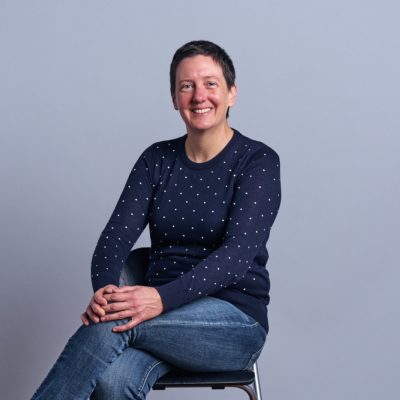Agency Life
Industry Trends
Marketing Insights

In 1977, two momentous events took place in the marketing world: Wray Ward was founded, and Leslie Gillock, the brains behind our Insights and Brand Strategy group, graduated from Illinois State University with her bachelor’s in marketing. The world was on the precipice of the personal computer revolution, the first “Star Wars” movie was showing in theaters and families still gathered around the TV nightly to watch their regularly scheduled news and programs.
After 47 years, this month Leslie bids adieu to the marketing world. Just as at the start of her career, our world is experiencing a profound digital evolution, but now it’s fueled by data-driven marketing, e-commerce, virtual reality and artificial intelligence. Mobile devices have inextricably changed consumer behaviors, from where and when we watch TV shows and movies to how we shop.
I sat down with Leslie to reflect on a distinguished career that was shaped by both intention and circumstance. She looked back on how her career molded her professionally and personally while also sharing thoughts on the future of marketing.
Fruit of the Loom provided a foundational learning experience.
Leslie joined Fruit of the Loom’s finance department before the company had an in-house marketing division. She soon joined the marketing team as the company took a page from the Procter & Gamble playbook to focus on branding. Her experiences at Fruit of the Loom honed her marketing fundamentals and instilled in her the confidence to navigate a male-dominated corporate culture. She rose through the organization to eventually lead the Total Underwear Division, which had a $30 million marketing budget.
Looking back, Leslie compared her time at Fruit of the Loom to marketing boot camp where she learned the basics: monitoring the competition, doing research, developing advertising, managing promotions, creating packaging and point of sale materials, and analyzing the market. She had a pretty stable market where the biggest variables were competition and spending with one main competitor, Hanes, but that stability would disappear at her next job.
At Springs Industries, she learned the challenges of a rapidly changing market.
In 1994, the North American Free Trade Agreement removed quotas on textile imports, leading to a dramatic shift in the industry. For Leslie and her team at Springs Industries, which made household linens such as bed sheets and towels, this global policy change required them to adapt and innovate. She learned the importance of agility, resilience and strategic planning in the face of market disruptions.
Under her leadership, Springs Industries shifted its focus from manufacturing and leaned into licensing and brand development. In her role as vice president of brand management, Leslie recruited to build the first corporate brand management organization, optimized the company’s brand portfolio, led a major brand transformation and elevated the marketing competency of the company.
She managed a portfolio of brands, including collaborations with major retailers and A-list designers and entertainment companies. And she hired Wray Ward to assist with the Springmaid and Wamsutta rebrandings.


